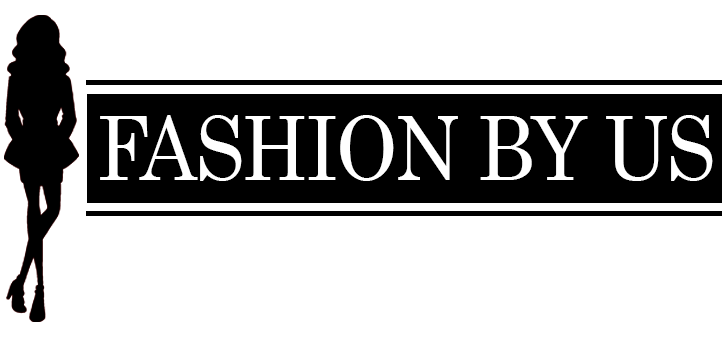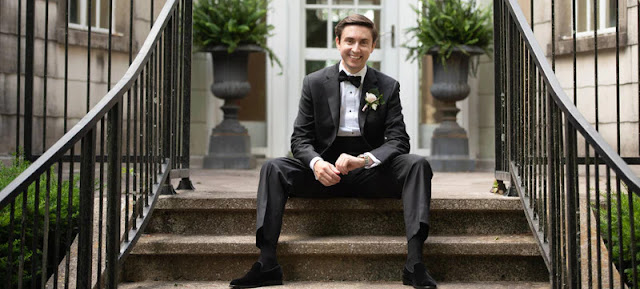If you’ve heard it once, you’ve heard it a million times: your wedding is the most important day of your life. While there are certainly many other momentous occasions that will occur throughout your lifetime that could be on par with this special day (career growth, home ownership, children, and plenty of other milestones included), a wedding can be an incredibly memorable and meaningful opportunity to celebrate love, union, and partnership.
When we think of wedding fashion, it’s common to go straight to the bride. After all, many brides have been dreaming about their wedding dresses from when they were little girls. Still, brides aren’t the only stars of the wedding – groom wedding attire, from the tux to the socks, matters too! Whether the marriage is between a bride and a groom, a groom and a groom, or you’re looking to outfit your crew of groomsmen, groom wedding attire is a critical component of getting successfully hitched on your wedding day (pun intended).
Groom Attire on the Wedding Day: Why it Matters
Anyone and everyone getting married deserves to look and feel their absolute best on their wedding day. Whereas groom wedding wear may have been sidestepped in the days of yore, these days grooms are taking particular pride in their appearances on their wedding day. Simple and traditional is more than acceptable, but so are looks that express a groom’s personality and preferences. What matters most is that the groom is comfortable and feels ready to celebrate his partnership on his wedding day.
A History of the Groom’s Wedding Suit
Did you know that grooms used to dress just as extravagantly as brides on their wedding day? Back in the 1650s, wedding attire for grooms focused on fitted frock coats and breeches. Royal weddings featured grooms wearing materials such as silk and velvet, with their suits sometimes even adorned in pearls. Some historical grooms wore fur, precious gems, silver and gold jewelry and fancy heeled footwear. Stockings were also commonly worn in place of socks, which we can’t assume were too comfortable for dancing but who are we to judge?
This extravagant way of dressing lasted until the early 1800s when grooms began wearing their military uniforms for their weddings. This introduction into clean lines, precise detailing, and simplicity set precedence for how grooms should dress on their wedding days all the way until the 1930s, when tuxedos came into mainstream wedding fashion. Tuxedos for grooms quickly became the standard, with many variations taking shape over the years.
In the 1940s, wide-peak lapels were all the rage for grooms’ wedding suits. In the 1960s, bell-bottomed pants reflected the hippie-centered focus on counterculture. Then in the 1980s, the double-breasted suit jacket entered the scene, affording grooms options galore on their wedding day.
These days, the choices for what grooms should wear are seemingly endless. We mentioned earlier that comfort and personality are the two tenets of any successful wedding outfit, and we stand by that. As for guidance on how to go about curating the perfect look, there are a few suggestions to bear in mind.
The Basics of the Groom’s Outfit
The great thing about fashion in the modern era, and specifically wedding attire, is that there are really no hard and fast rules. There’s nothing that you must do, nor is there anything that you absolutely cannot do as a groom when putting together what you want to wear on your special day. The key is to prioritize yourself, your preferences, and the aesthetic of your wedding.
1. A Wedding Suit to Suit You
The best place to start when talking about what a groom should wear on his wedding day is with the suit. Yes, it’s a catchy phrase but there is also validity to saying that the suit should suit you. There are many different suit styles that grooms may opt for.
Tuxedos are typically best for black-tie or formal weddings, but will also be perfectly fine for weddings designated as black-tie optional. An alternative for black-tie optional attire could also be a classic three-piece suit. Grooms and groomsmen suits for semi-formal weddings may incorporate a range of materials such as wool or twill; the thing to remember here is temperature and the season. A wool suit may look great but it probably won’t do you any favors if your nuptials are in the middle of August. As for a casual or semi-casual wedding, a soft linen or lightweight cotton could be just right. Additionally, while suits are often the standard, you may choose to go with a sharp sports jacket and a solid hue pair of slacks. Remember, it’s your day so you get to make the decisions!
2. You Can’t Forget the Colors
Colors play a critical role in dressing for the wedding. You’ll want to coordinate your color choices with both your partner’s outfit and the color scheme of the rest of the wedding party. Typically, this will be a conversation you’ll have ahead of time so everyone is on the same page and there are no surprises when either of you walk down the aisle.
Considering hues, shades, and tones matter both for the accent accessories of your attire as a groom, but also for the suit or jacket itself. First think about what would go well with your complexion, especially for garment pieces that will be close to the face (i.e. the suit jacket, shirt, and necktie/bowtie). Then consider the aesthetic of your wedding. Is it a formal event being held at a mansion? Perhaps an all-white tuxedo, or a white tuxedo with black lapels. A great option for an outdoor, spring-summer wedding held in a garden center could be a blue suit. If you’re doing a destination wedding to a beach, a tan or beige suit may be the way to go.
Once you’ve ironed out those details, the next step is to bring in accent colors. These should reflect the overall color scheme of the wedding and will ideally be consistent for all of the groomsmen. Neckties, bowties, pocket squares, and maybe even socks could all be accent colors. Some grooms choose to keep their socks neutral or coordinate the color of them to that of the rest of their wedding suit. Again, this is purely based on preference.
3. Find the Right Footwear and Accessories
Last but certainly not least is footwear. Grooms should feel comfortable every step of the way on their wedding day. Find a pair of shoes that fit well, look great, and will keep you as comfortable as you’re saying your, “I dos” as when you’re showing off your moves on the dance floor. Equally important are the socks grooms pair with their shoes. Socks should be breathable, moisture-wicking, and durable enough to withstand whatever the day brings.
The final thing to remember as a groom dressing for your wedding is to accessorize with a smile. This day is for you so enjoy it!








No comments
Post a Comment